The Future of HVAC Refrigerants
March 13, 2025 Newsroom
The Phase Out:
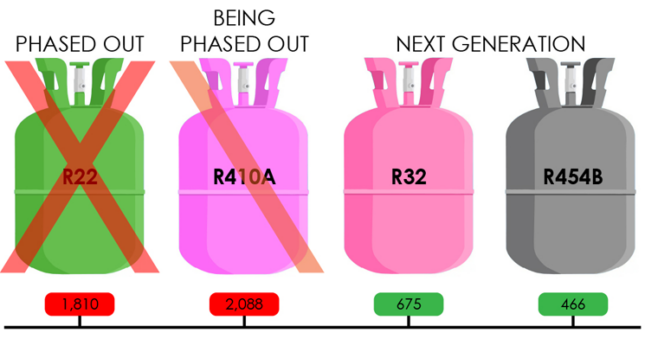
R-410A has been a staple refrigerant for comfort cooling HVAC systems—including packaged rooftop units, split systems, VRF systems, and chillers—since it replaced the previous popular refrigerant R-22 back in 2010. While still prevalent in older equipment, R-22 has been completely phased out and is no longer allowed to be used in new systems. R-410A is now meeting that same fate and will be phased out over the next decade.
The EPA’s latest mandate as part of the AIM (American Innovation and Manufacturing) Act calls for using refrigerants with a Global Warming Potential (GWP) of less than 700 to help curtail global warming. R-410A has a GWP of 2,088, meaning that it has 2,088 times the heat retention effect as CO2, exceeding the new mandate limits.
The Next Generation:
Refrigerants R-454B and R-32 top the list for the next generation of comfort cooling equipment. Much like the disk wars of the early 2000s between Blu-Ray and HD-DVD, manufacturers are having to decide which refrigerant to use and adapt/re-develop their equipment accordingly. While these refrigerants aren’t necessarily new, they behave differently than their R-410A predecessor.
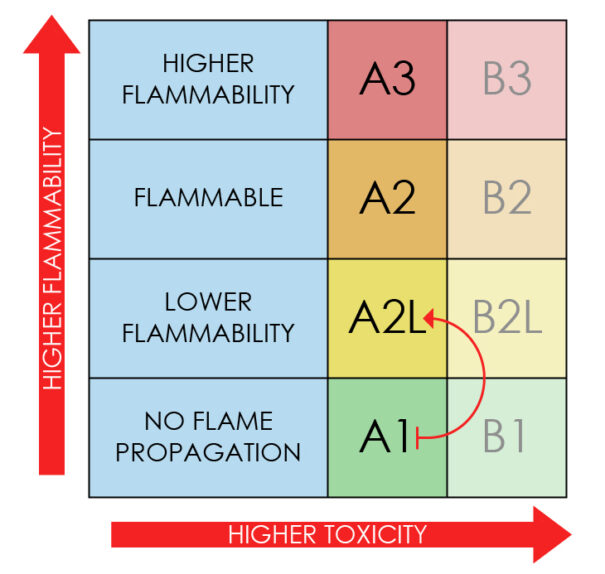
Equipment efficiency ratings (EER/COP) are comparable, with the newer refrigerants approximately 7% better than R-410A. Functionally, they possess similar working pressures meaning no additional specialized skills or qualifications are required for installations, but there is a critical change with the new refrigerants. Unlike R-410A, which is classified as an A1 refrigerant, R-454B and R-32 are classified as A2L refrigerants. This designation indicates the new refrigerants are more flammable than their counterpart refrigerant of the past.
The allowable concentration limit of the A2L refrigerants, due to it’s flammability is roughly one fifth of the previous A1 refrigerant, meaning refrigerant system charges (total volume of refrigerant in a single pipe system) will need to be significantly reduced, an issue which was already difficult to address in certain small-zone applications such as hotel guest rooms. There are options to increase the maximum allowable refrigerant charge with A2L refrigerants. For example, adding leak detection sensors throughout the spaces served by the equipment and providing automatic isolation valves, especially for VRF systems, can grant a slight increase in total system refrigerant charge. Equipment manufacturers are exploring options for providing these as factory supplied safety features.
The Plan:
The EPA mandate includes a phasing plan of when systems must adhere to the lower GWP requirements nationwide. For most packaged or unitary systems such as rooftop units, window AC units, PTAC’s, etc., the deadline for manufacturers to stop production of new R-410A units has already passed (January 1, 2025). A separate deadline focuses primarily on VRF systems, which are more intricate, and must meet the manufacturer’s specific installation instructions. Therefore, the transition to low GWP refrigerants has proven to be more difficult and has earned VRF manufacturers an extension to allow for depletion of R-410A equipment inventory and time to ramp up R32/R454B equipment production. VRF manufacturers can continue to sell R-410A equipment until December 31, 2025, and contractors must have any remaining R-410A equipment installed and operating by the EPA’s national deadline of December 31, 2026. However, New York State’s Department of Conservation (DEC) recently filed an amendment to the EPA’s mandate which accelerates the halt of R-410A equipment installations across the state by making the deadline for both the sale and installation of VRF systems December 31, 2025.
The Refrigerant Evolution in Action:
It is crucial to consider the real-world implications of these new refrigerant mandates. Collado Engineering is designing a hotel resort where design decision adjustments may be needed based on current project timing.
The hotel resort complex includes the construction of multiple buildings being phased over the next few years. Some buildings, now under construction, were designed over a year ago for traditional R-410A systems, however, equipment being submitted for approval uses R-32. A careful review of the system configuration is necessary to confirm if the regulations are still being met. Meanwhile, additional buildings are currently being designed based on R-410A equipment data as manufacturer data for the newer refrigerants systems is not yet available. Provisions for the A2L systems need to be incorporated in the design to account for any ancillary system costs. With mandate deadlines approaching, the team is working with the client and architect to decide whether to proceed with R-410A, risking stock depletion, or switch to newer refrigerants without a clear timeline for availability.
Without solid data, navigating this change presents many challenges. Proactive planning and communication with all parties – client, designers, and manufacturers – will allow for a successful transition to new environmentally friendly refrigerants.
The Implications:
So, what does this mean to developers, building owners, and contractors? Timing is key. As R -410A unit production slows down, inventory will become limited. Consult your manufacturer’s representative to find out when they will transition over to their newer refrigerant equipment. Once the older equipment stock is depleted, newer equipment must be used. However, it will be critical to fully understand how the system will be designed to ensure the proper safety precautions are taken. Calculating the proper refrigerant concentration limits, deploying the proper isolation and detection methods, and confirming the actual refrigerant charges will be paramount for ensuring the system installed is compliant with the local codes and safe for the occupants.
As the HVAC industry transitions to lower-GWP refrigerants, proactive planning is essential. Don’t navigate these changes alone — Collado Engineering is here to help. Our team can guide you through compliance, design adjustments, and safety considerations to ensure a seamless transition.






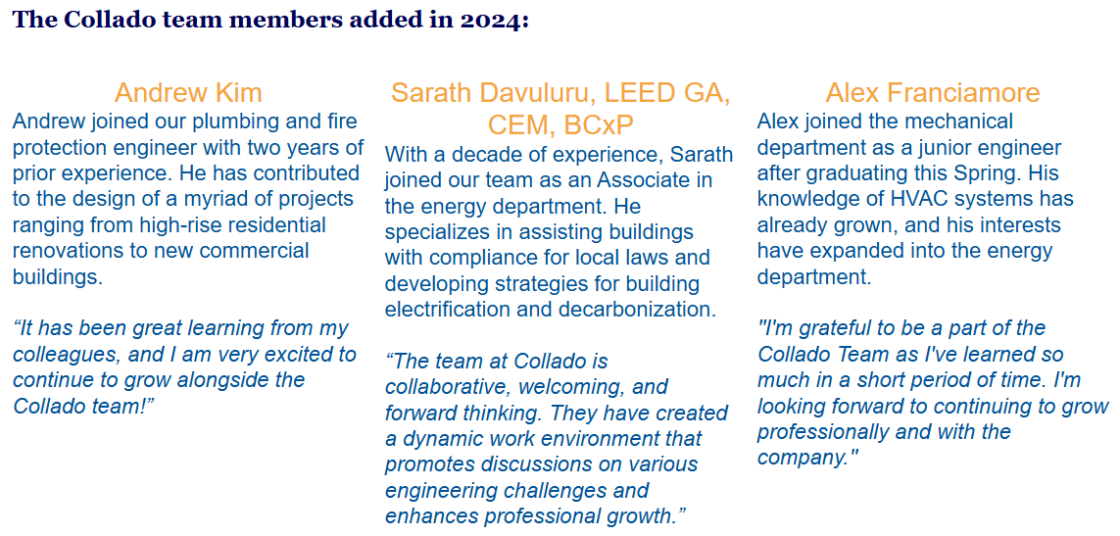
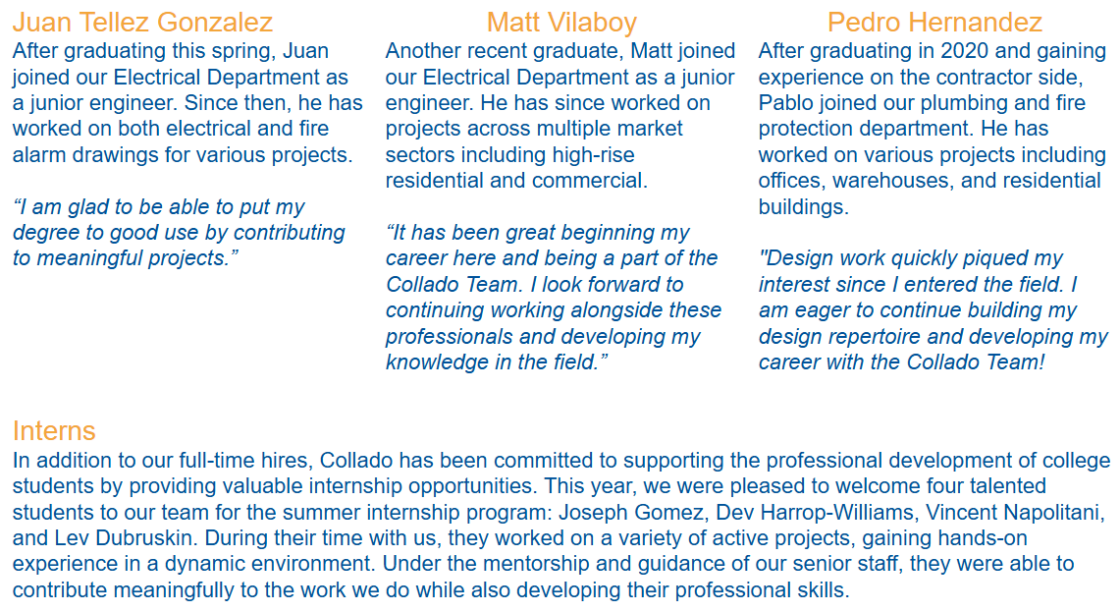
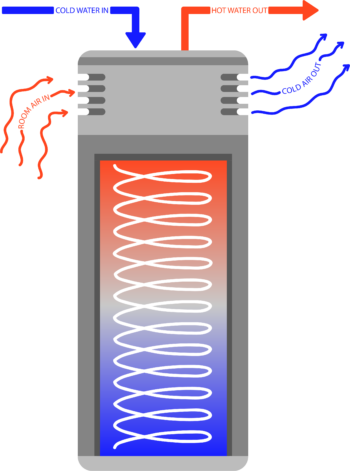
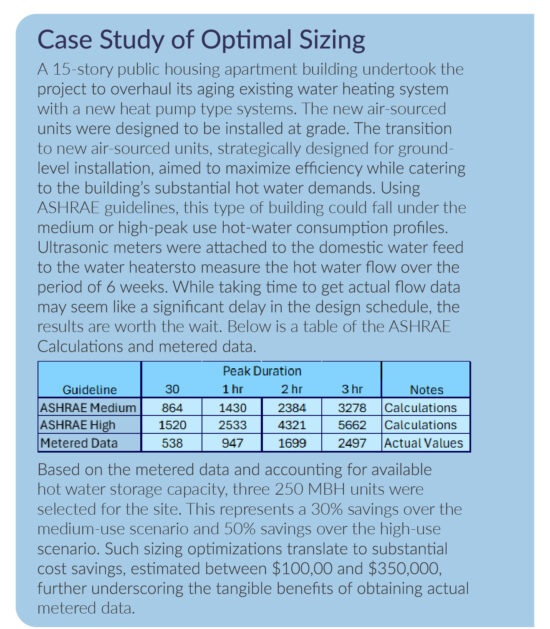

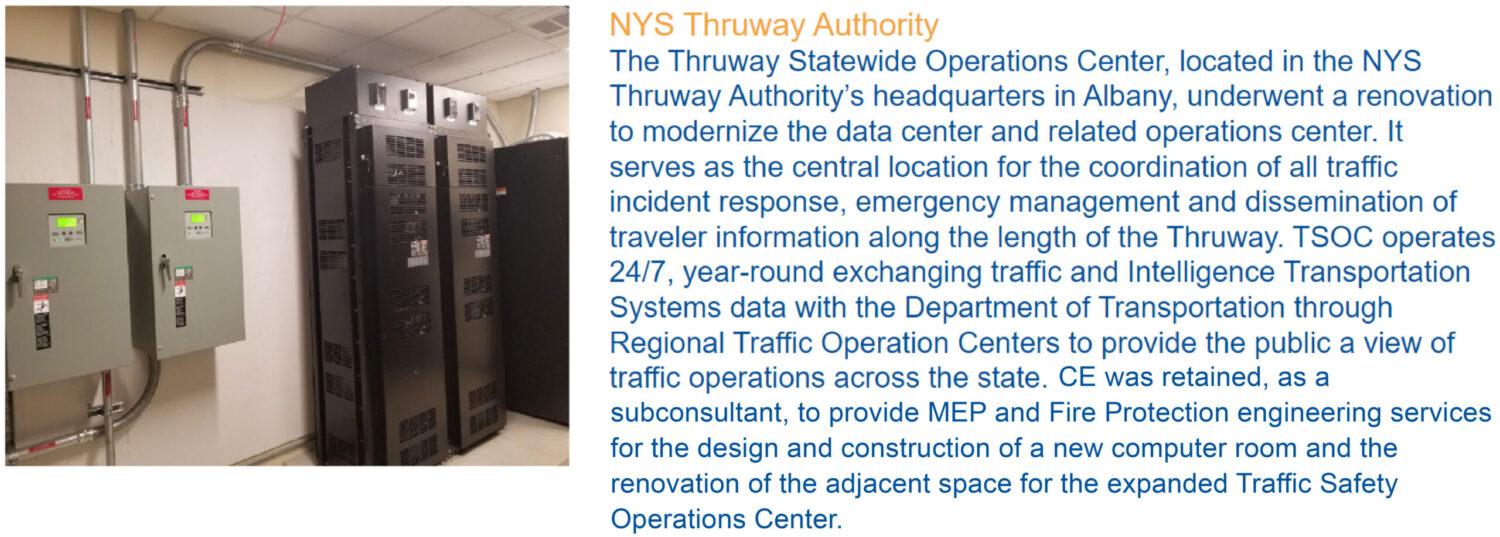



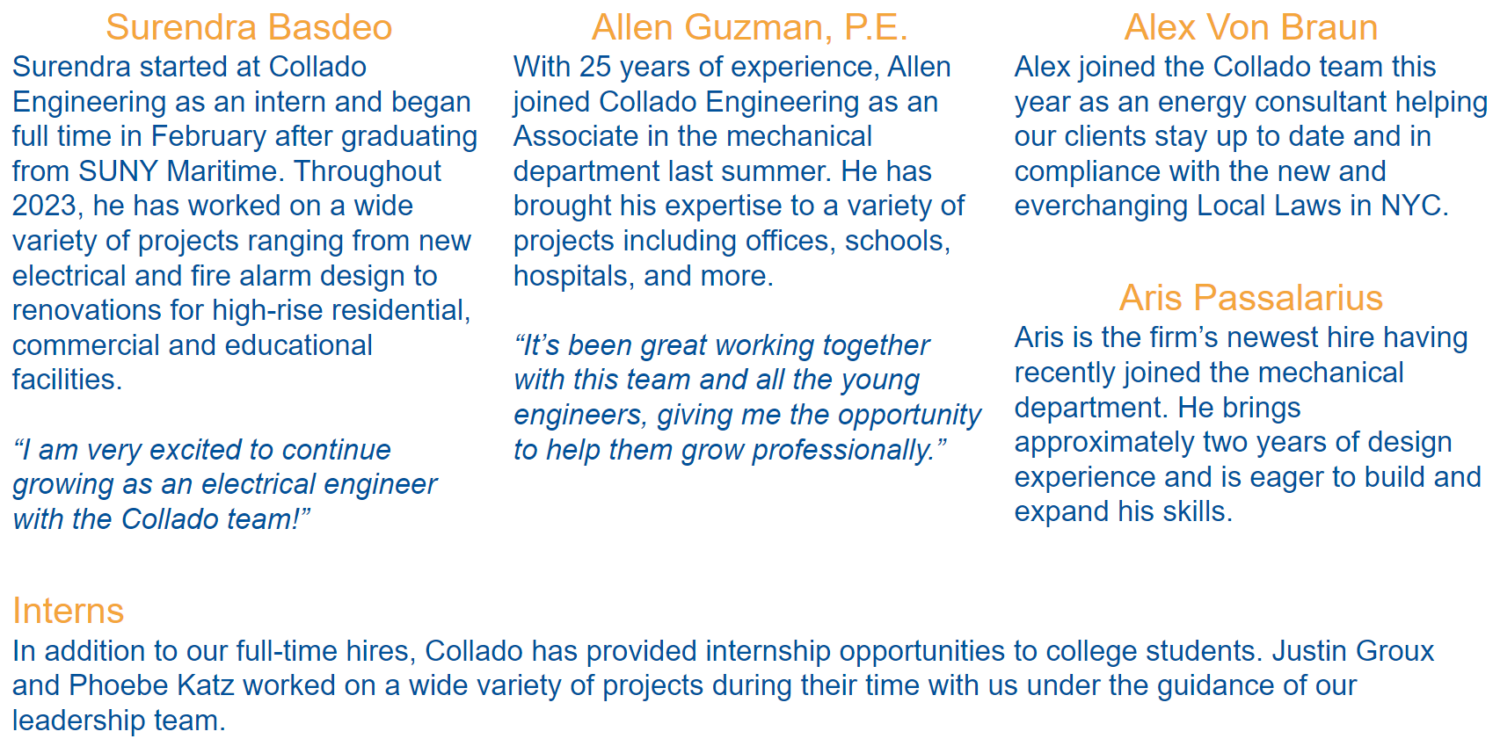
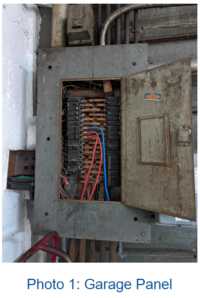
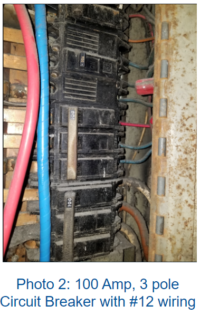 Case Study:
Case Study: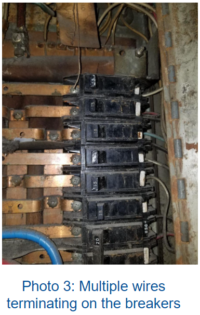

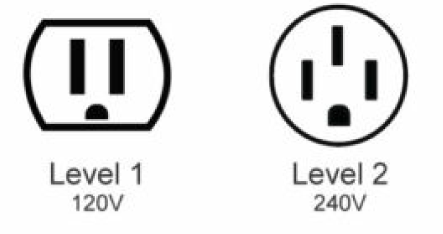


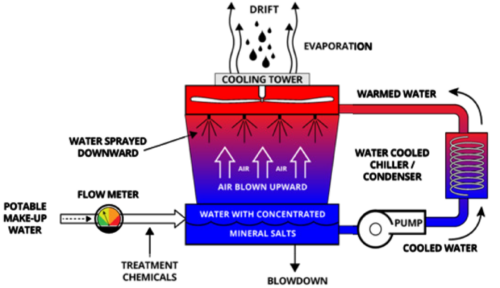
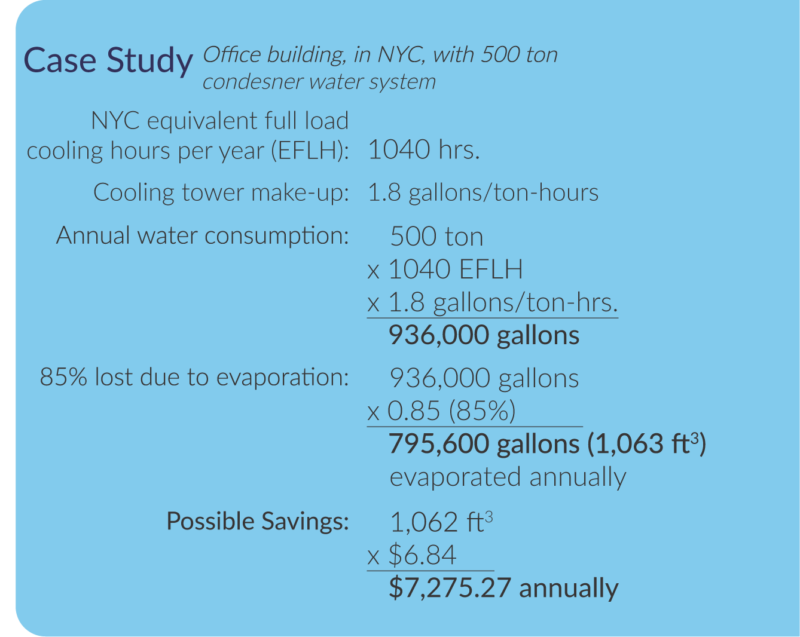
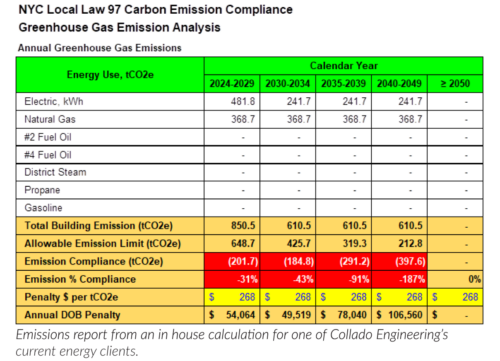

 Alberd Misku, CPD
Alberd Misku, CPD 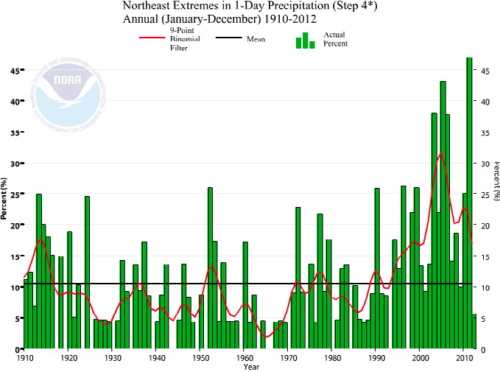
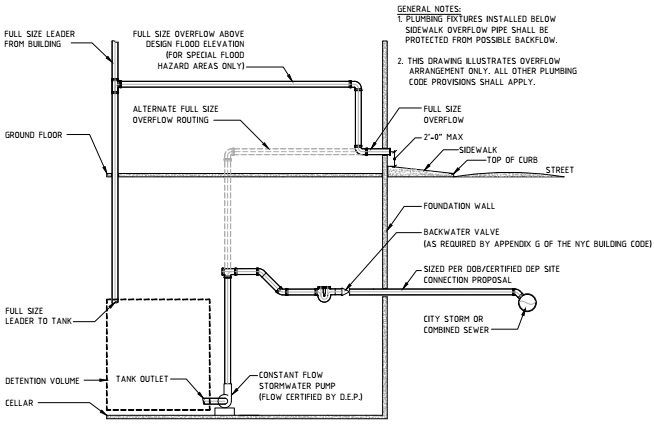 Stormwater control/collection methods, such as green roofs, blue roofs, and storage tanks, may need to be incorporated into the plumbing, architectural, and structural designs of new buildings or existing buildings undergoing renovations to help mitigate the impact on the municipal sewer system during rainstorms.
Stormwater control/collection methods, such as green roofs, blue roofs, and storage tanks, may need to be incorporated into the plumbing, architectural, and structural designs of new buildings or existing buildings undergoing renovations to help mitigate the impact on the municipal sewer system during rainstorms.